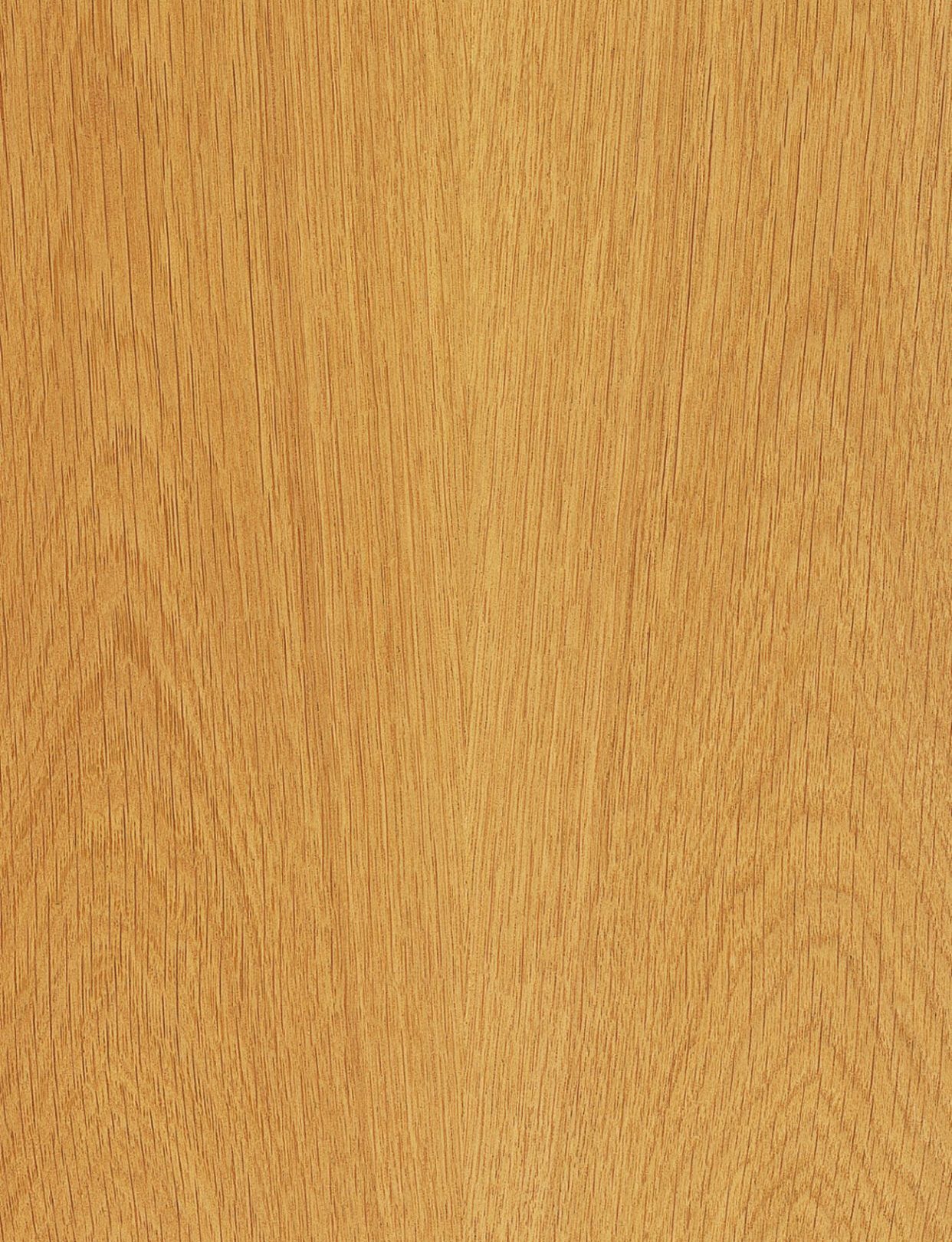
European Oak
Quercus robur, Quercus petraea u.a.

Trade Names
European Oak
Origin
Europe
Range
One of the most frequent species of tree in European forests, occurs mostly as pedunculate or sessile oak. The most well-known locations for high quality veneer oak are the Spessart and Palatinate in Germany and Troncais in France. Starting in the mid-nineties, imports from Eastern Europe have constantly been increasing due to extensive occurrences of oak forests there. Oak does not exist in Central and North Scandinavia. Very good girths (diameters from 0,80 m and more) often occur.
Uses
Sliced veneer for faces, wood for interior fixtures as veneer and as sawn wood for furniture, paneling, parquet and stairs, construction lumber, fibre- and chipboard.
Properties
The heartwood is light brown to yellow brown and darkens later. Narrow-ringed, i.e. close-grown, very light-colored wood is given preference for veneer. Winter felling and intensive log protection are necessary. For a long time it was the most important veneer wood in Germany and even today veneer production is unthinkable without it. Blue stain occurs in wet wood upon contact with metal.
Machining
Despite its hardness Oak can be well machined with all tools. Planed surfaces are very smooth. Good results can be achieved when molding and turning.
Seasoning
Drying Oak is an extremely slow process. There is a strong tendency for Oak towards surface checking and inner case-hardening. Satisfactory drying can only be ensured by taking the greatest of care.
Finishing
Oak takes all surface finishes well and treatment presents no problems.
Jointing
Glue joints are strong and durable. Screw and nail joints hold firmly but discoloration in the wood can be caused through the effects of moisture.

